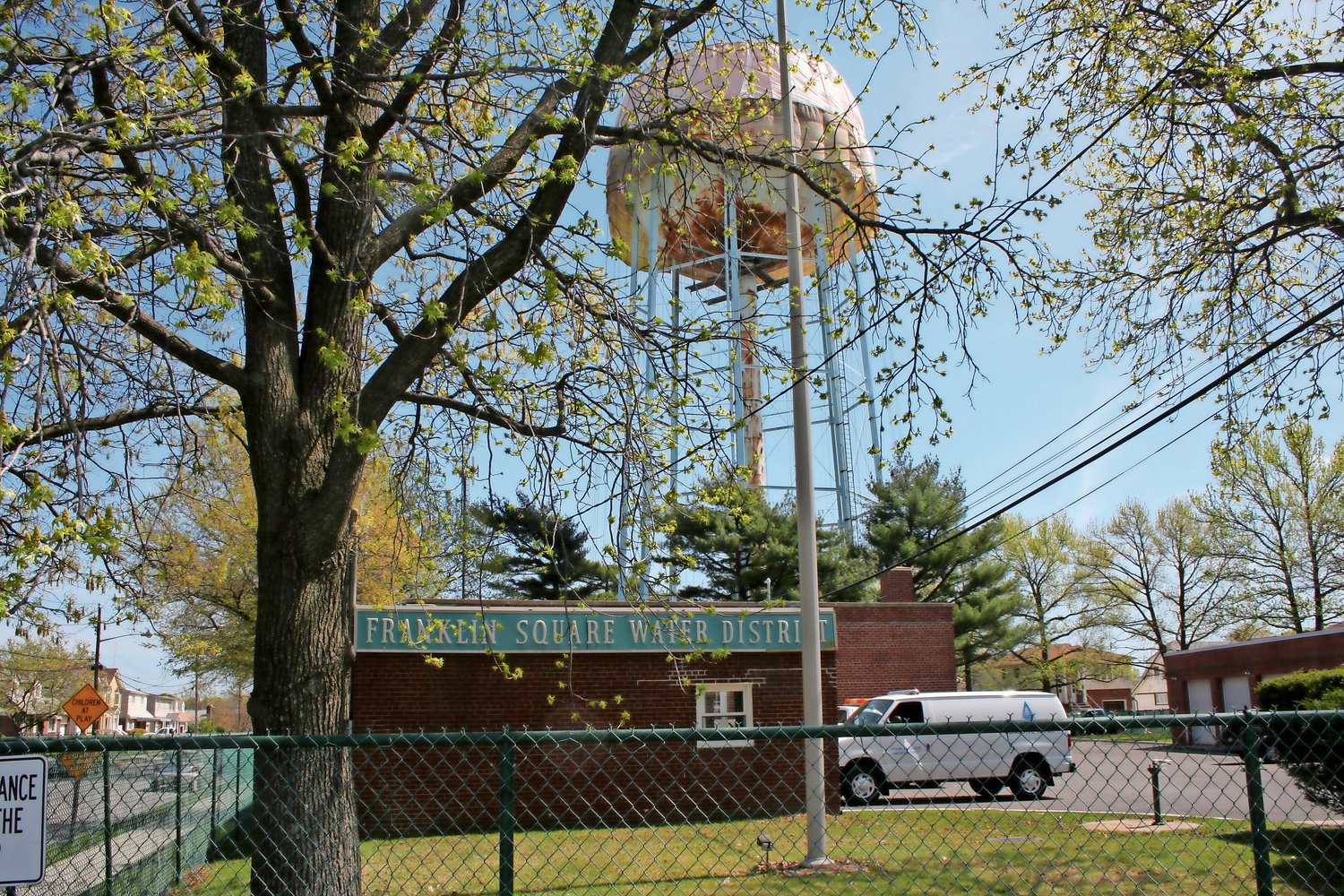Water companies dispute price comparison
Water companies throughout Long Island are disputing a report ranking the cost of water, saying that the Farmingdale-based Citizens Campaign for the Environment didn’t account for all of the variables contributing to water prices.
According to the report, which was released earlier this month, researchers looked at the average cost of water for families of four that use 10,000 gallons per month in each of the region’s 48 water districts. To do so, they examined water rates posted on the districts’ websites and conducted a “comprehensive financial analysis . . . exploring cryptic fee structuring and decoding convoluted tiered systems,” the report reads.
It found that the Water Authority of Western Nassau County, which serves Elmont, is the 10th most expensive water district on Long Island, with a family of four paying $617.36 annually if it uses 10,000 gallons per month. The authority also has a minimum charge of $48.42, Citizens Campaign reported.
Meanwhile, in nearby Franklin Square, families of four pay $497.60 if they use 10,000 gallons per month, and their first 9,000 gallons cost $24.
But the Long Island Water Conference , comprising water suppliers throughout Long Island, disagreed with the calculations used to determine the average water prices, and the trade group is assembling its own report, which was expected to be released after the Herald went to press.
“Water providers exist to serve their communities each and every day, and are available to answer the questions and concerns of their residents,” the conference posted on social media on Aug. 16, two days after the report was released. “If any member of the public needs information on topics of billing, water quality or anything else pertaining to their water service, they are encouraged to contact their local water provider.”
Mick Tierney, the Water Authority of Western Nassau County superintendent, also told the Herald that he had several issues with the report. He explained that the researchers did not account for public billing and water treatment costs, and said that as a water authority, “we have no other monetary intake than what we bill.”
He further noted that former industrial areas — like Elmont — might have higher prices because the water districts in those areas must filter chemicals from the water.
Elmont has about 80 hazardous waste sites throughout the community, mainly on Hempstead Turnpike and Elmont Road and in Franklin Square, some of which have not been remediated, according to a U.S. Environmental Protection Agency map of the area.
Water rates might also further increase as the state prepares to implement maximum contaminant levels in drinking water, Tierney said. Under the new standards, every public water system throughout the state must test and monitor chemical levels regularly so that they do not rise above 10 parts per billion for acid and 1 part per billion for 1,4-dioxane, a known carcinogen that Tierney said is difficult to remove.
“When you look at water rates throughout Long Island, you have to look at a number of different things,” he said, adding that none of the water utilities were trying to “disguise” their water rates.
In response, Maureen Dolan Murphy, executive programs manager for Citizens Campaign, said the researchers did account for every variable and noted in their report the difficulties that they faced.
The report said there were wide discrepancies in how water utilities and districts bill their customers, with different metrics — such as cubic feet and cubic meters — used to measure water, as well as differing lengths of billing periods. Additionally, some districts include service costs in the homeowner’s or business owner’s property-tax bills, while others include them in their bills.
“There are so many minute variables that the average person can’t decipher their bill,” Dolan Murphy said. “It’s actually easier to decipher the Dead Sea Scrolls.”
She also noted that the figures are only meant to serve as an average of what a homeowner might pay, and Adrienne Esposito, executive director of Citizens Campaign, said the confusing bills make it difficult for residents to conserve.
“People don’t understand that just because water is inexpensive doesn’t mean it’s not valuable,” she said. “To get people to understand the true cost of water, the total cost needs to be in the bill.”
Peter Belfiore contributed to this story.

 44.0°,
Mostly Cloudy
44.0°,
Mostly Cloudy 




